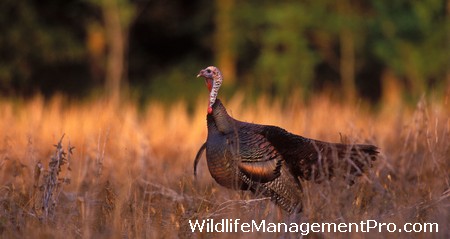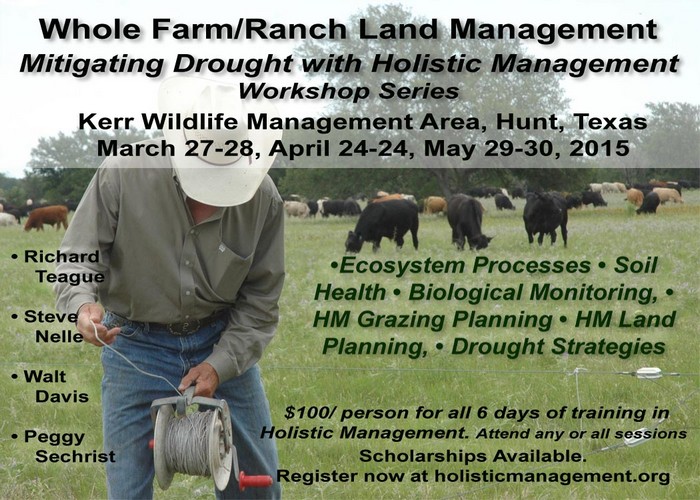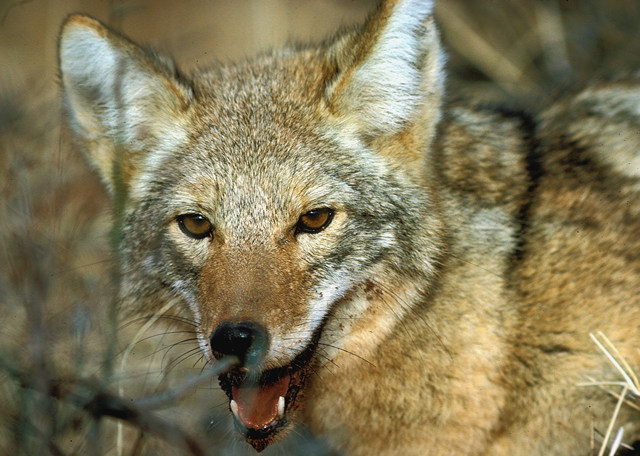Richland Creek Wildlife Management Area is known for producing large-antlered white-tailed deer, but it’s man-made wetlands also offer excellent duck hunting and birding opportunities. The north unit has had wetland impoundments for some time, but recent and additional wetland development has increased surface water, making the area even more attractive to wintering waterfowl and shorebirds.
Source: “The benefit of the a wetlands project such as this one is it actually accomplishes more than one goal,” Kramer said. “It is much more beneficial than other types of wastewater and water supply projects because it provides habitat for birds and other types of wildlife.”
While the bird counts vary throughout the year, Symmank said they have soared as high as 30,000. Last week, about 10,000 birds were hanging out, many getting ready to head northward for the spring migration. By April, most will be gone, having flown off for the Dakotas, Canada or even Alaska. Besides hunters, the wetlands are also becoming an increasingly popular place with birders.
During field trips over Feb. 27-28, the Texas Ornithological Society counted 84 species of birds on the wildlife management area’s two units. The 5,209-acre North Unit contains the wetlands while the 9,029-acre South Unit in Freestone County consists of bottom-land hardwood forest.
“The bird population down there — it’s just gone crazy, it’s just increased exponentially,” said D.D. Currie, the regional director for Piney Woods region of the Texas Ornithological Society who splits time between Arlington and a second home in Henderson County a few miles from the wetlands.
Currie, who has traveled all over Texas to see birds, said she can now find most of them at the wetlands. “Five years ago, you wouldn’t have seen a white-faced ibis there but now you can see as many as 30,” Currie said. “There so many bald eagles out there, they’re like gnats. Now there’s a dozen out there with a breeding pair on the South Unit.”
But this time of year, ducks are the predominant species. The northern pintail duck was the most prevalent last week, but there also were plenty of northern shovelers, gadwalls, green-winged teals, blue-winged teals and mallards. While the ducks showed a preference for the water, a juvenile bald eagle and a northern harrier hawk alternated between flying over the wetlands and perching atop nearby trees.
“A lot of pintails will be leaving soon, and we’ll see a flush of more blue wings coming through,” Symmank said. And this summer, they’ll be replaced by a new population of birds, including wood storks, roseate spoonbills, great egrets and great blue herons. Hunters are finding plenty of ducks in the wetlands public hunting areas.
During the duck season that ended on Jan. 24, almost 2,600 hunters came to Richland Creek and killed 7,833 birds, according to Parks & Wildlife statistics. While duck hunting has declined in popularity across some areas of the country, it is growing in Texas. The estimated number of duck hunters climbed from 54,675 in 2008-2009 to 99,514 in 2013-2014, according to Parks & Wildlife.
“I don’t know why,” Symmank said. “It’s just becoming more popular in Texas. The TV show “Duck Dynasty” is real popular. That may have something to do with it but I don’t know.” Many first-timers come to public lands to try out duck hunting and they often have questions. “It’s more complicated than some other forms of hunting,” Symmank said. “I end up walking people through on the phone about what permits they need.”
Because of the nasty weather — and with duck season being over — the birds were largely undisturbed last week. But hunters from as far away as Minnesota and Wisconsin were camping at the wetlands and searching for feral hogs. For birders, Currie said, it is important to be aware of the hunting seasons when visiting the property.
“It’s an active wildlife management area so there could be hunters there,” Currie said. “It’s pretty primitive so you need to take a lunch and take some water and be prepared to go the bathroom behind a tree. You’ll need to allot quite a bit of time to see it all out there.”


